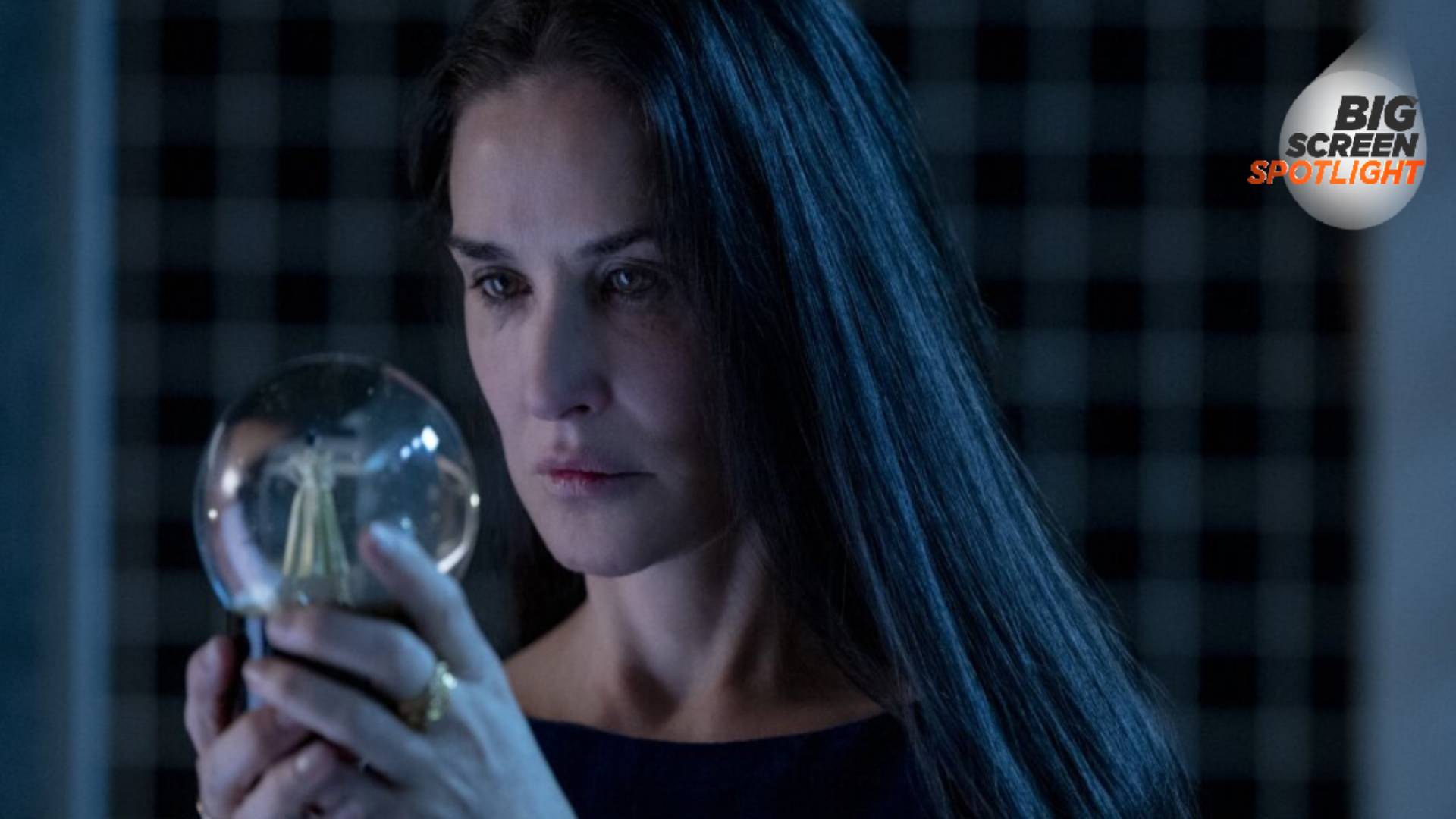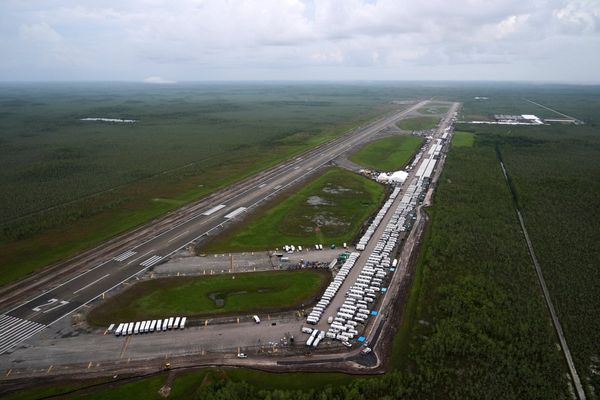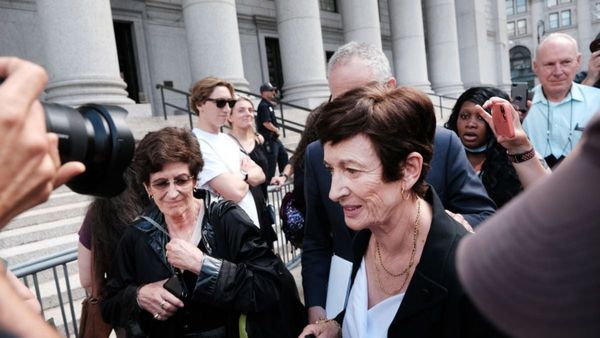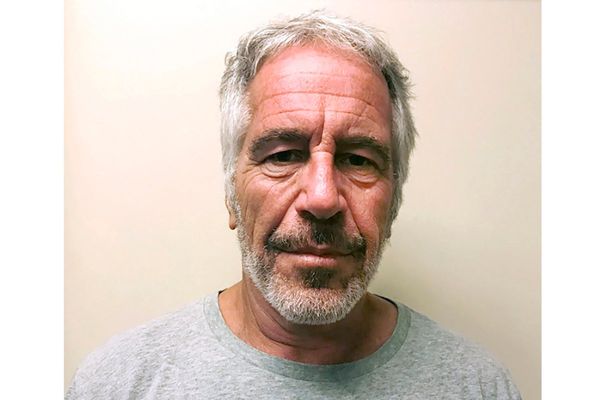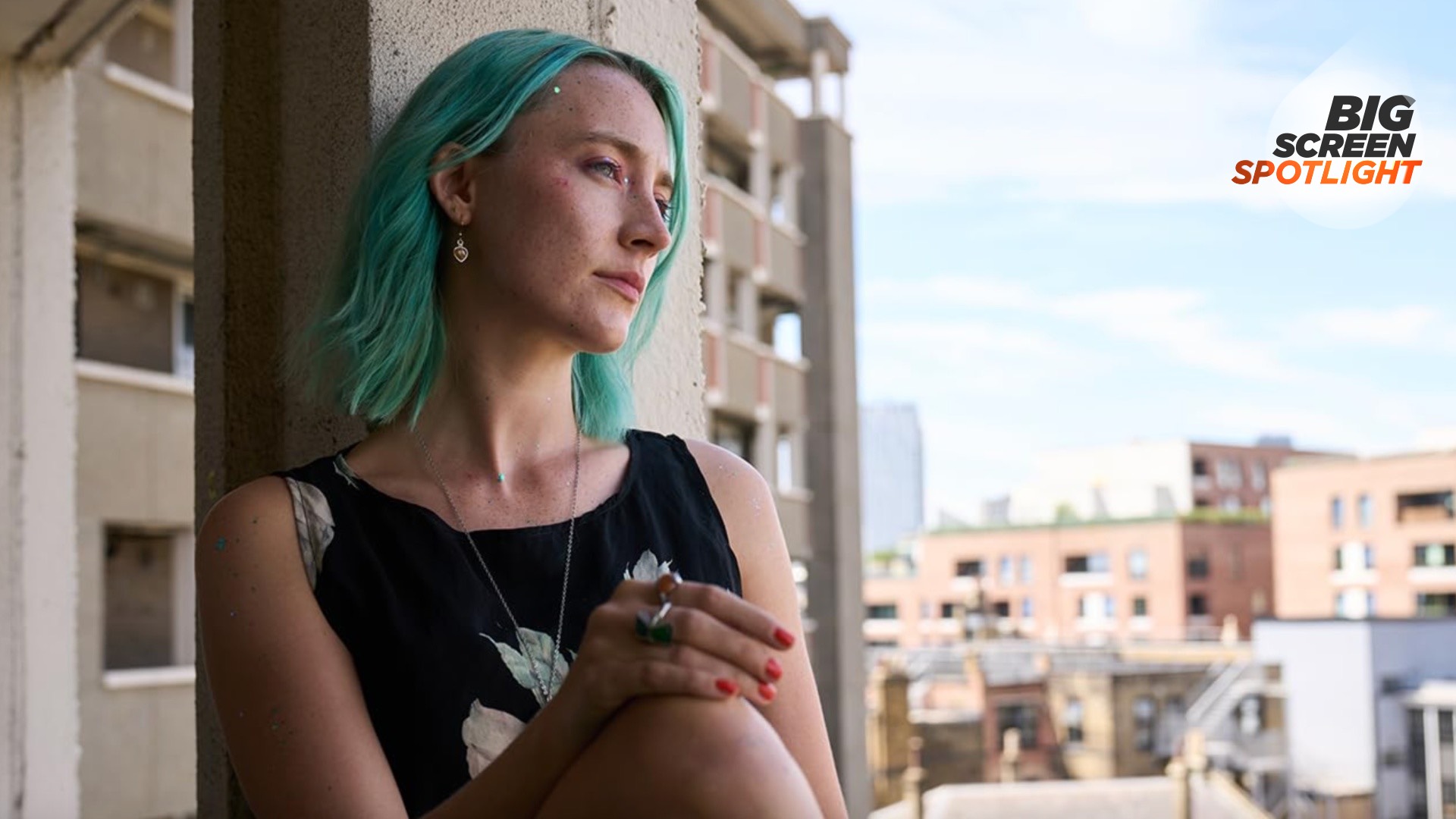
In The Outrun, everyone is trying to lose themselves in something greater than themselves. For Rona, played by Saoirse Ronan, it's alcohol, at least to begin with. For her mother, it's Christianity, and for her father, who oscillates between episodes of mania and depression, it's sheep farming, letting himself become part of the ecosystem of the remote Orkney islands off the coast of Scotland.
Shining a light on the under-the-radar theatrical releases that you need to know about, with a new article every Friday
Based on journalist and author Amy Liptrot's 2016 memoir of the same name, the film follows Rona as she returns home to Orkney after completing an alcoholics' rehabilitation program in London. After difficult reunions with her well-meaning but emotionally distant parents, Rona decides to take a job with a bird conservation charity, before traveling further afield for a stint on Papa Westray, one of Orkney's North Isles. Instead of losing herself in a bottle of vodka, Rona looks to lose herself in the wild waters of the North Atlantic Ocean.
The narrative dances between the present day on the bracing Scottish coastline and flashbacks to grimy Hackney bars, where Rona is just as often found collapsed on the bathroom floor as she is on the dancefloor, reminiscent of the way painful memories often resurface randomly. We watch as her addiction inflicts – sometimes irreparable – damage on herself, her postgraduate studies in biology, and her relationship with her boyfriend Daynin (Paapa Essiedu). It's not an easy watch.
Solitude and superstition
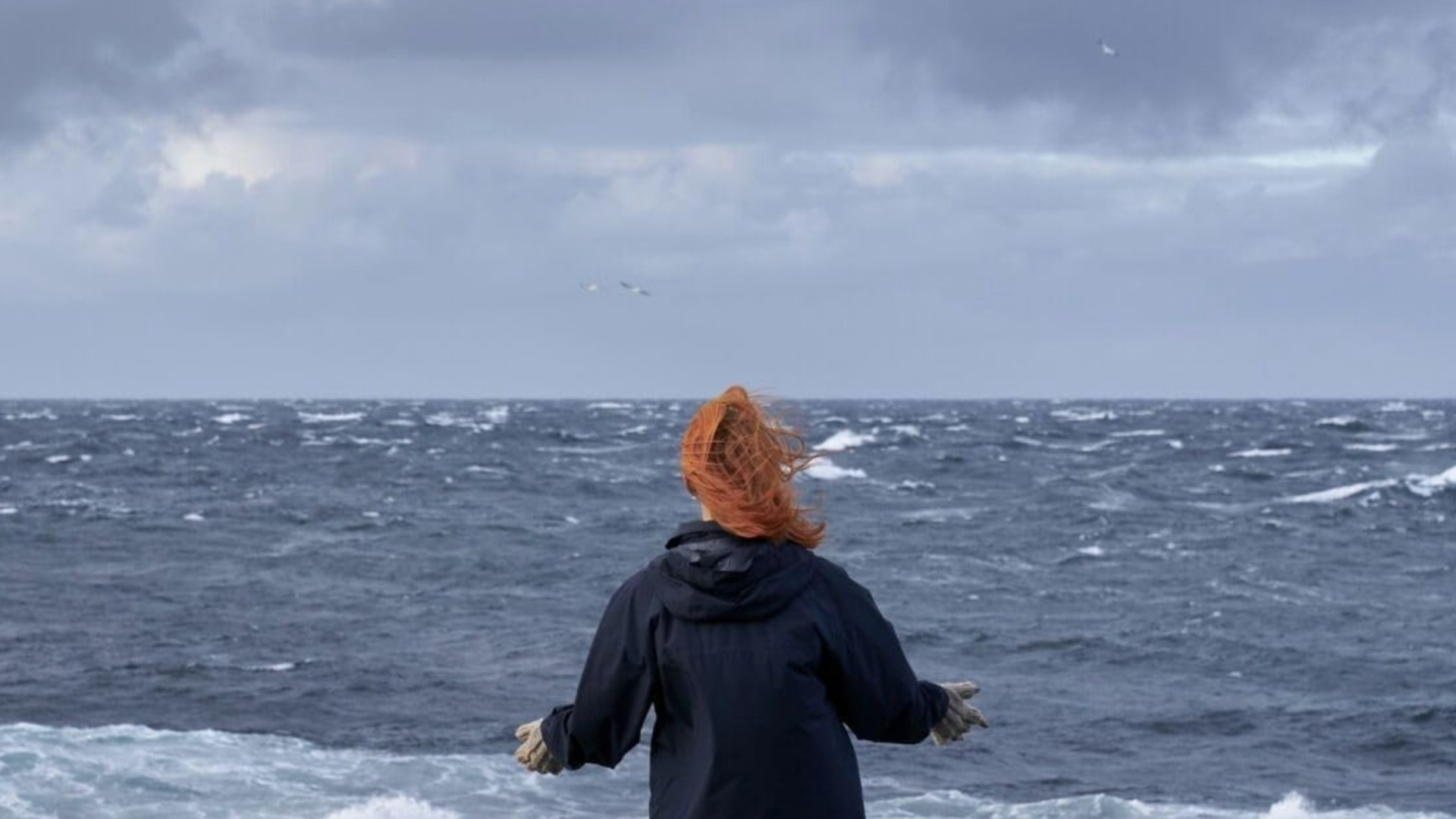
Some of the film's most painful moments occur when it examines what it means to be worried about or pitied by loved ones – the burden of feeling like a burden, whether warranted or not, and the strain that has on both familial and romantic relationships. "All that praying didn't help," Rona tells her mother, while drunk, in one scene. "It didn't help me."
While her mother's praying may not have helped Rona, what does help – or begin to, anyway – is time, solitude, and the austere, beautiful landscapes of Orkney. The path to recovery isn't straightforward or linear, which The Outrun recognizes through its narrative structure, and even through Rona's movements throughout the film. She hops between islands and even bolts from a ferry back to the mainland at the last minute when the prospect of returning to London is too overwhelming. The movie is interspersed with facts and images about Orkney's history and legends, too – it's a place deeply rooted in mythology, from selkies to other superstitions.
Holed up in a back-to-basics cottage on Papa Westray with only the techno music in her headphones and the sound of the waves breaking on the shore for company, Rona slowly begins to heal, despite what begins as a desperate need for connection: earlier in the film, she seeks out a stranger's help to shield her cigarette from the wind while she lights it, and her hands lingers on top of his, to his discomfort. Later, she uses the internet to track the International Space Station in its orbit around the Earth, watching from her window and shedding a tear when it passes over Orkney. The Outrun's characters start off orbiting each other at a distance, but that distance is necessary for Rona to heal – both herself and her frayed relationship with her mother. She has to make peace with herself to make peace with others.
The Outrun recognizes that we're all looking to lose ourselves in something bigger than the small, sad worlds we inhabit alone, whether that's in the ocean or the bottom of a bottle, but the film lets us know that there are bigger, more hopeful worlds waiting out there for us too. In Orkney tradition, Rona's narration tells us, there's an idea that finding something in the low water makes it yours. By the end of the film, it's clear that what Rona finds is the beginning of hope.
The Outrun is out now in theaters. For more on what to watch, check out the rest of our Big Screen Spotlight series.
